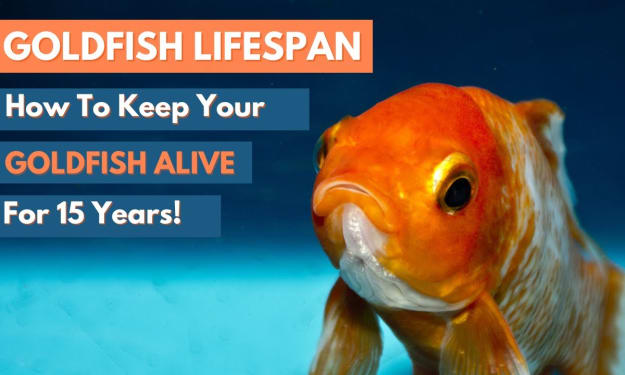Content warning
This story may contain sensitive material or discuss topics that some readers may find distressing. Reader discretion is advised. The views and opinions expressed in this story are those of the author and do not necessarily reflect the official policy or position of Vocal.
Tailless Wonders: The Evolutionary Tale of Human Tails
Unraveling the Mystery of Human Tails
Tails, spanning across the diverse realm of the animal kingdom, are as common as the myriad perspectives we encounter daily. Take a moment to observe your surroundings: the fish swimming in water, birds gracefully soaring the skies, or reptiles soaking up the sun, and one discernible commonality emerges – the presence of tails. Yet, an intriguing question arises: while a vast majority of species, including our closest evolutionary relatives, flaunt this appendage, why are we, the advanced homo sapiens, devoid of one? What did nature, with its vast intricacy, intend by leaving this appendage off our anatomy?
To answer this puzzle, one must take a voyage back in time. Half a billion years in reverse, to be precise. It was around this period that tails made their evolutionary debut. As epochs passed, they underwent a myriad of adaptations, morphing to serve different functions based on the host species. Consider the gecko, for instance. Its tail functions as a reservoir for fat storage. Birds, in contrast, sport tails designed for aerodynamic prowess, assisting in their aerial escapades. Then, we have species like the rattlesnakes, where evolution turned tails into formidable tools for intimidation. But if one was to generalize, for most mammals, tails predominantly act as stabilizers, assisting in balance.
Yet, an intriguing observation arises as one progresses up the evolutionary hierarchy. The closer you get to humans, the scarcer tails become. Our genetic cousins, gorillas, lack them. So is the case with chimpanzees and the entire ape family. This prompts an essential question: what differentiates us?
The crux of this enigma lies in our mode of locomotion. While numerous primates maintain a stance with their torsos angled to the ground, a select few, including humans, evolved to walk completely upright - a phenomenon known as bipedalism. This evolutionary leap brought with it significant advantages. Unlike quadrupeds that expend energy with each limb's movement, bipedal species, by virtue of their stance, employ gravity as a supplementary force. Each step we take harnesses this gravitational pull, rendering our walk both effective and efficient. This energy conservation, amounting to roughly 25%, offers a marked edge in the relentless struggle for survival.
This erect posture, however, also induces anatomical rearrangements. The human head, weighing approximately 5 kilograms, aligns directly over our spinal column when we walk upright. This vertical alignment negates the requirement for a tail to act as a counterbalance.
But traces of our tailed ancestry haven't completely vanished. A closer inspection of the human skeletal structure, specifically the spine, reveals the coccyx or the tailbone. These fused vertebrae stand as a testament, albeit vestigial, to our tailed predecessors.
In certain rare instances, infants are born with structures resembling tails. A deeper examination often reveals these aren't genuine tails. Predominantly, they are benign growths, such as cysts or tumors. On the infrequent occasion where an actual spinal extension is observed, it usually lacks bone, often arising from medical conditions like spina bifida. Medical intervention in such scenarios entails surgical removal of the growth, typically without any adverse consequences for the child.
In essence, while the romanticized idea of humans bearing tails, swinging through dense forests, or swatting away insects, might seem appealing, it's our very absence of one that defines our evolutionary journey. Our species' progression is a testament to myriad evolutionary decisions. Each absence and presence, including our lack of a tail, have sculpted us, ensuring our place as the dominant species on this planet.
About the Creator
Arnie Felicilda
Through my words, I aim to transport you to new realms, offer valuable insights, and ignite your passion for learning
Enjoyed the story? Support the Creator.
Subscribe for free to receive all their stories in your feed. You could also pledge your support or give them a one-off tip, letting them know you appreciate their work.






Comments
There are no comments for this story
Be the first to respond and start the conversation.